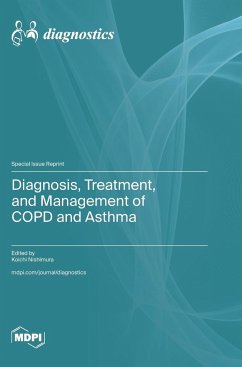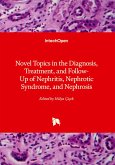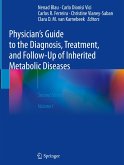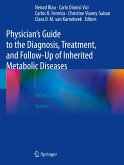Chronic obstructive pulmonary disease (COPD) is a disorder characterized by airflow limitation and is one of the major causes of mortality and morbidity across the globe. Although several guidelines have been published over the past three decades, they were generated in response to the fact that COPD is a major cause of mortality and morbidity and remains an important social problem. In the 20th century, forced expiratory volume in one second (FEV1) was the single most important measure in patients with COPD from discriminative, evaluative, and predictive standpoints. We found that dyspnea is a better mortality predictor than FEV1 in 2002 and exercise capacity in 2003. Subsequently, it has become apparent that physical activity is more predictive of mortality. Furthermore, we have recently developed the tendency to use the reduction of the future risk of exacerbation as the endpoint of relatively large-scale clinical trials rather than the improvement of FEV1. Many researchers have continued to seek better outcome markers and have also discussed what should be used as primary or secondary endpoints in clinical trials in subjects with COPD. We have undoubtedly made great progress but still have a lot of work to do for the best interests of patients.








